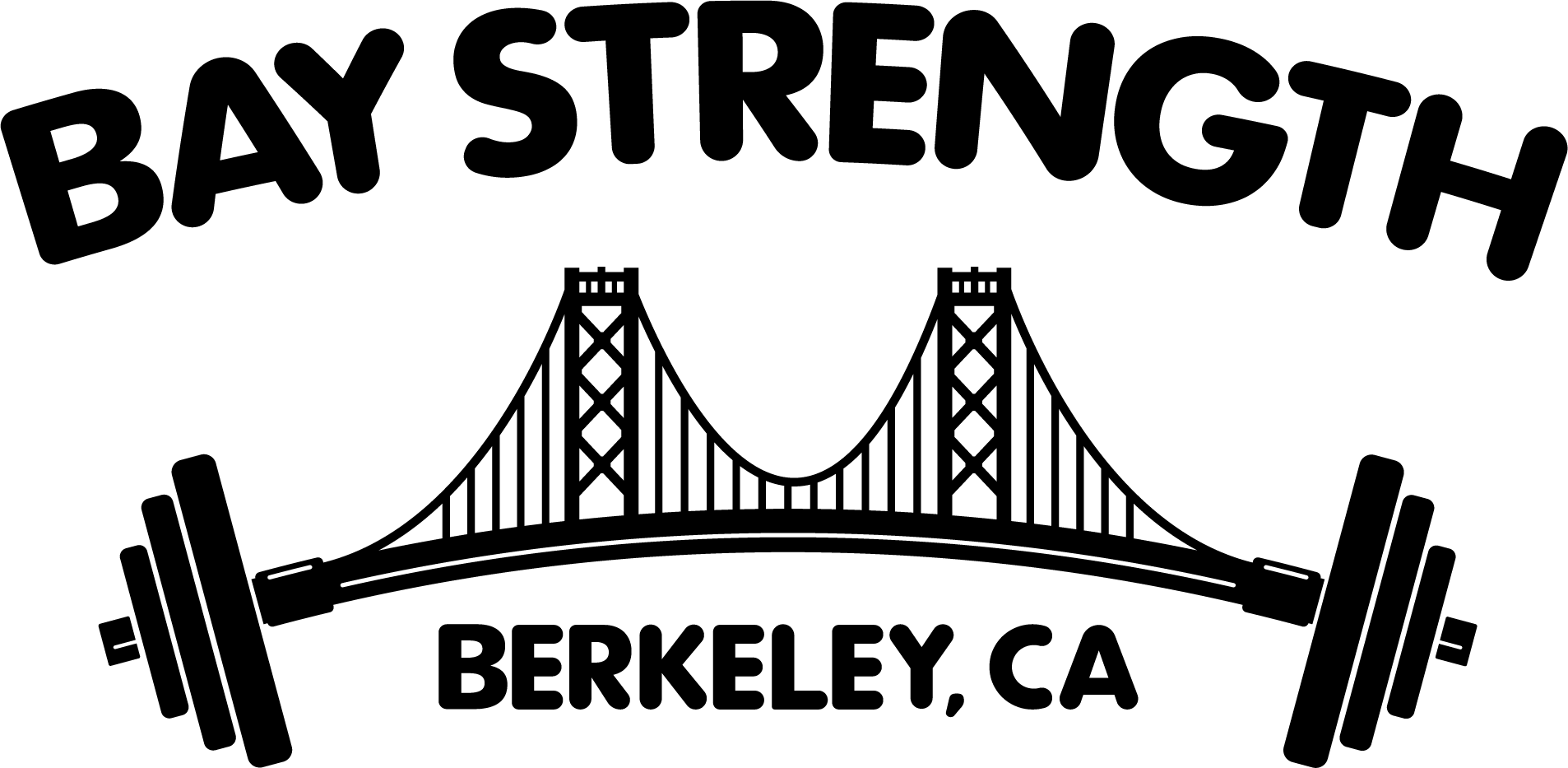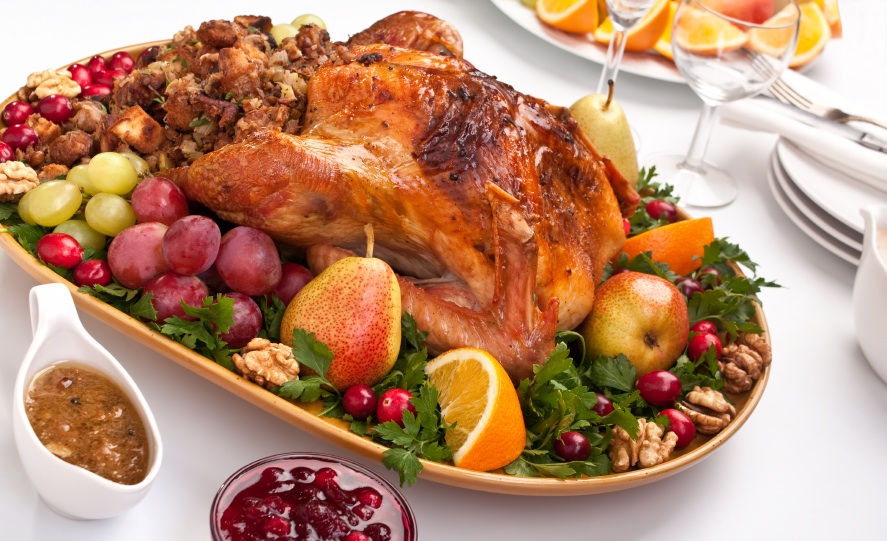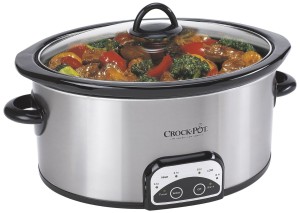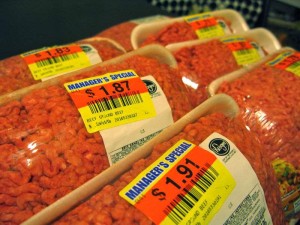As a lifter, eating is a critical part of your training. Progressing as a lifter is all about the stress – recovery – adaptation cycle. And recovery is almost entirely dependent on two factors: eating and sleeping. Assuming sleep is not an issue, it may not be much of an exaggeration to say that eating is about half your training.
Some new lifters, especially those starting out underweight, may find eating enough to be even more challenging than the act of lifting, at least at the beginning. This blog post will attempt to lay out some strategies to help new lifters in this category to successfully meet their nutritional requirements so that they can continue to add weight to the bar and become stronger.
General Strategies
Cooking is time consuming. And while many of us enjoy the meditative quality of cooking, finding time in the day to cook every meal is a tall order. It can be easy for the need to cook to become an obstacle to taking in enough high quality calories.
One simple strategy is to prepare large quantities of food. When you’re in the kitchen, don’t just prepare the next meal or two; instead, make as large a quantity of your meal as your kitchen will allow. When done, you will have not just your next meal, but several to take you through the next few days. Slow cookers are great for this, but you can also prepare large quantities of food by baking as much food as your oven will accommodate.
On the subject of slow cookers: If you don’t have one, get one. Slow cooker meals are incredibly easy: throw all your ingredients in, turn it on for the appropriate amount of time, and come back 4-8 hours later. As an added bonus, the ingredients in slow cooker meals generally require less preparation than they do in other cooking methods. This also helps to cut down on the amount of time the growing lifter needs to spend in the kitchen.
The flip side of the slow cooker is the pressure cooker. Food preparation is similar to in a slow cooker; but rather than requiring all day to cook, a meal can be finished in a fraction of the time. For example, a pot roast that might take 8 hours to cook in a slow cooker can be done in a pressure cooker in just an hour. Pressure cookers are a great life saver for days when you have not thought ahead to prepare dinner – and you end up with left overs for several more meals.
Budgeting
Another challenge for lifters is budgeting for their need for high levels of food intake, meat especially. There are a few ways to approach this problem.
First, learn how to cook cheap cuts of meat. Pork butt and beef round are far cheaper than more tender cuts of meat, and will necessarily be a major part of the diet of a lifter on a budget. But the fact that these are not tender cuts of meat doesn’t mean you can’t have a delicious meal; preparing them in a slow cooker or pressure cooker will result in a tender and delicious meal.
Second, learn what the most economical sources of meat in your area are. Budget grocery stores – on the West Coast, Grocery Outlet is a great option – can be a tremendous blessing to lifters. If such places do not exist in your area, consider getting a membership to a place like CostCo or Sam’s Club. The membership fee will easily pay for itself over the course of a year.
Many grocery stores have a “Manager’s Special” area where meat that is a day or two from expiring can be found on sale for as much as 70% off. So long as you cook or freeze it right away, there is nothing wrong with this meat, and on lucky days you may be able to snag a choice cut of meat at a more affordable price. Your chances of a good score from this department are higher if you can make it to the grocery store prior to the evening rush. If you are fortunate enough to have access to a refrigerator at work, consider making a quick stop at the grocery store on your lunch break and keeping your purchase in the fridge until you can take it home.
In some cities, small independent grocery stores sometimes offer pricing that is more economical than you might find at a chain grocery store.
Finally, there is the option of buying direct from the farm. Going this route, you may be able to buy an entire side of an animal which will last you the better part of a year, and at a substantial economic savings. The only requirement is that you have space at home for a freezer just for this purpose.
By following the above strategies, you can make food preparation less of a chore, less expensive, and therefore less of an obstacle to your strength increases. Good luck!



